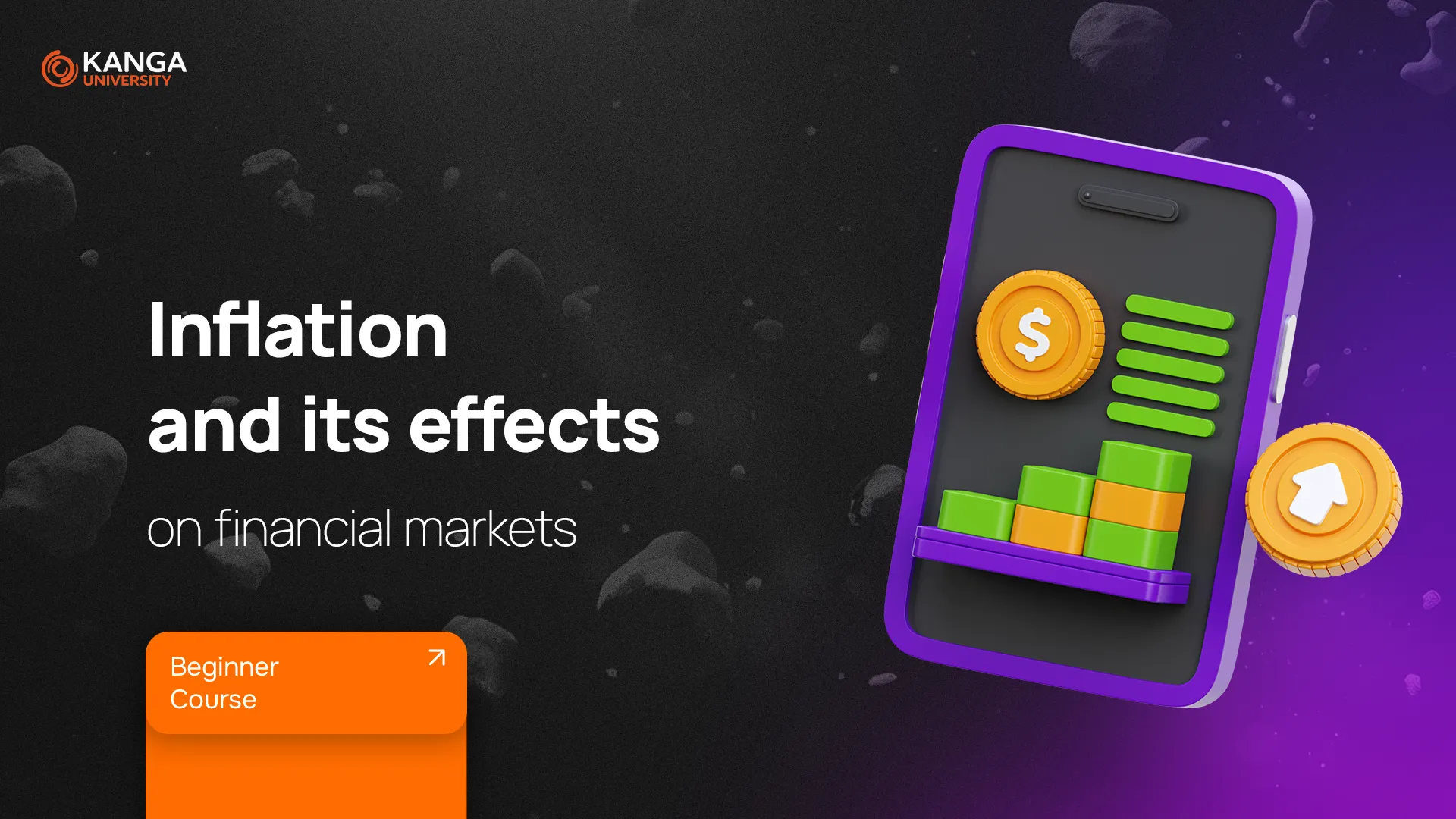
The current market situation has made many of us familiar with the concept of inflation. Today, we’ll explore what inflation really is, how it affects our daily economic life, and why it’s so important for the functioning of our economy. By the end of this lesson, you’ll understand the basics of inflation, its types, causes, and consequences.
What Is Inflation?
Inflation is the process in which the prices of goods and services steadily increase over time. In simple terms, it means that the value of money decreases—your money buys less than it did before. Inflation represents the decline in the purchasing power of money.
According to data from the National Statistical Office (GUS), as of December 2024, the prices of goods and services increased by approximately 12.5% compared to December 2023, with the annual inflation rate reaching about 11.2%. These numbers illustrate how significantly inflation can impact everyday expenses.
How Do We Measure Inflation?
Inflation is measured using price indices, which compare the prices of a selected basket of goods and services over different time periods. These indices are calculated based on the prices of over 200,000 products and services monitored across the country. This approach helps economists and policymakers understand average price changes and the overall economic environment.
Types of Inflation
Inflation manifests in various forms, each affecting the economy differently:
By Cause:
- Demand-Pull Inflation:
Occurs when the demand for goods and services exceeds their supply, leading to higher prices. This happens when there is too much money circulating in the economy. - Cost-Push Inflation:
Happens when production costs rise—such as higher prices for raw materials or increased wages—and producers pass these costs on to consumers. - Structural Inflation:
This type occurs when production models do not adapt to changing consumer needs, resulting in consistently high prices despite shifts in market demand.
By Pace:
- Creeping Inflation:
A mild, gradual increase in prices (a few percent per year) that is generally manageable with appropriate economic policies. - Walking Inflation:
A more noticeable price increase, often around several percentage points, which starts to affect consumer and business behavior. - Galloping Inflation:
A rapid, double-digit increase in prices that can lead to significant economic instability. - Hyperinflation:
An extreme and runaway increase in prices where money loses its value almost daily, often resulting in economic chaos.
Causes of Inflation
Several factors can trigger inflation, including:
- Excessive Money Supply:
Too much money in circulation decreases its value. - Low Interest Rates and Loose Monetary Policy:
Cheaper borrowing can increase spending, leading to higher demand. - Rising Production Costs:
Increases in wages or raw material costs force producers to raise prices. - Fiscal Deficits:
Government overspending and high budget deficits can lead to printing more money. - High Tax Burdens and Monopolistic Practices:
These factors can also drive up overall prices in the economy.
Consequences of Inflation
Inflation affects both the overall economy and individual finances in several ways:
- Reduced Purchasing Power:
The same amount of money buys fewer goods and services. - Decreased Savings Value:
The real value of your savings diminishes over time. - Economic Instability:
Unpredictable price changes can disrupt business planning and investments. - Social Tensions:
Rapid price increases may lead to protests and reduced motivation for change. - Changes in Wage Structures:
Workers may demand higher wages, which can further increase production costs.
How Does the National Statistical Office (GUS) Measure Inflation?
The National Statistical Office (GUS) calculates inflation by comparing the price levels of goods and services over different periods. GUS gathers data on over 200,000 products and services across the country, taking into account the spending habits of households. This extensive data collection enables an accurate picture of how prices change over time, which is crucial for economic analysis and policy-making.
Summary
Inflation is a phenomenon that affects us all—it decreases the value of our money and influences our daily spending. Understanding what inflation is, its various types, causes, and consequences, is essential for managing personal finances and making informed investment decisions. Although inflation is a natural part of any economy, excessively high inflation can lead to severe economic challenges. Keeping an eye on inflation helps us adapt and plan for a more secure financial future.